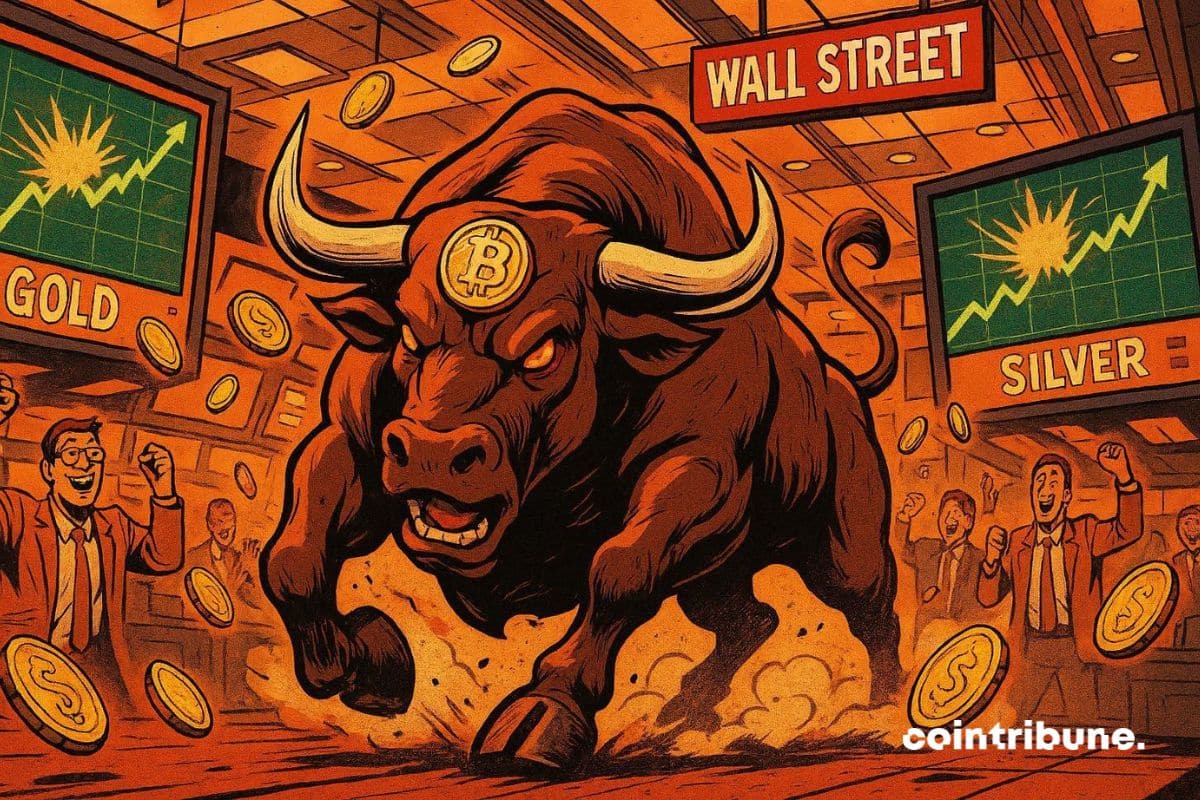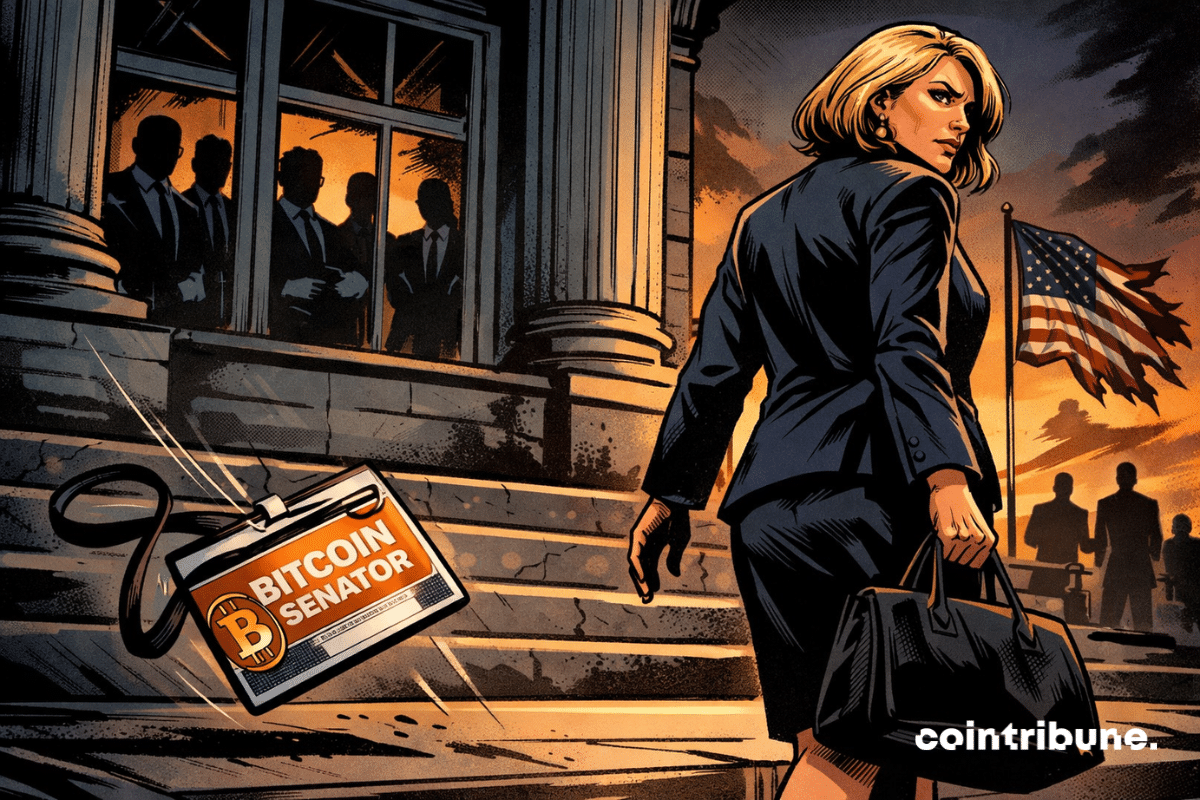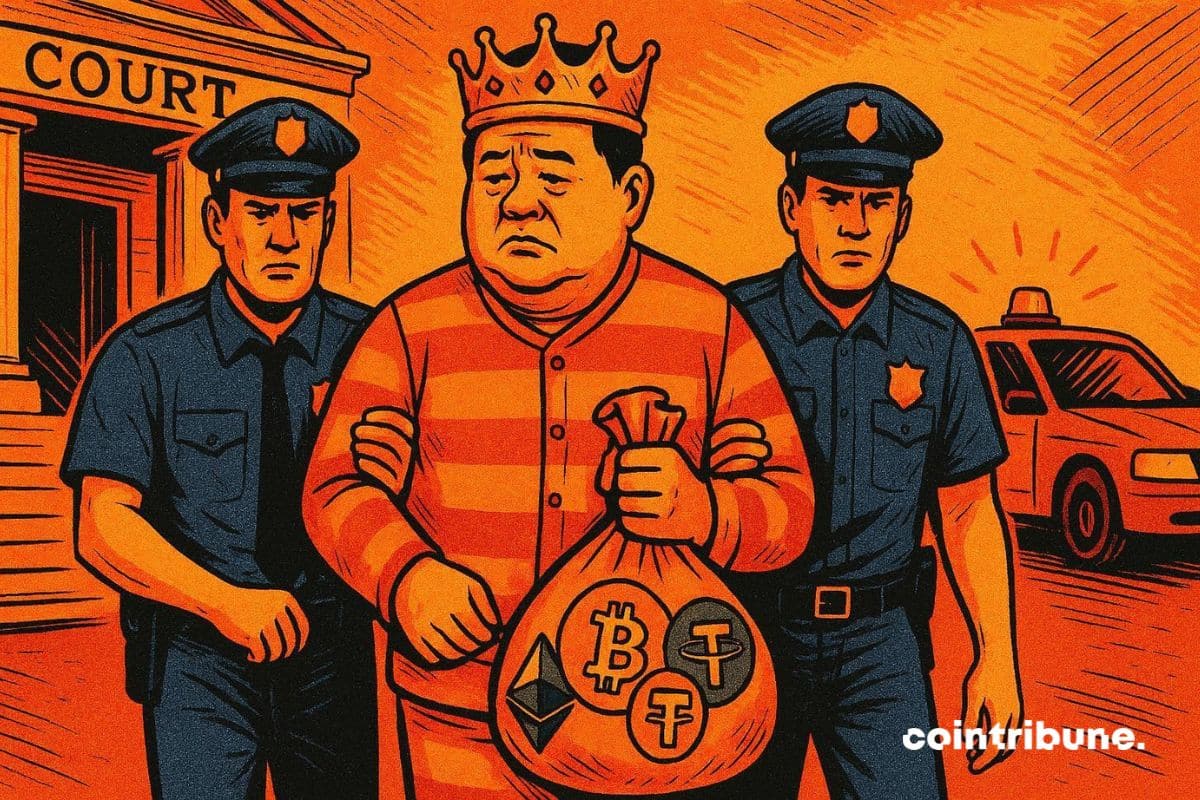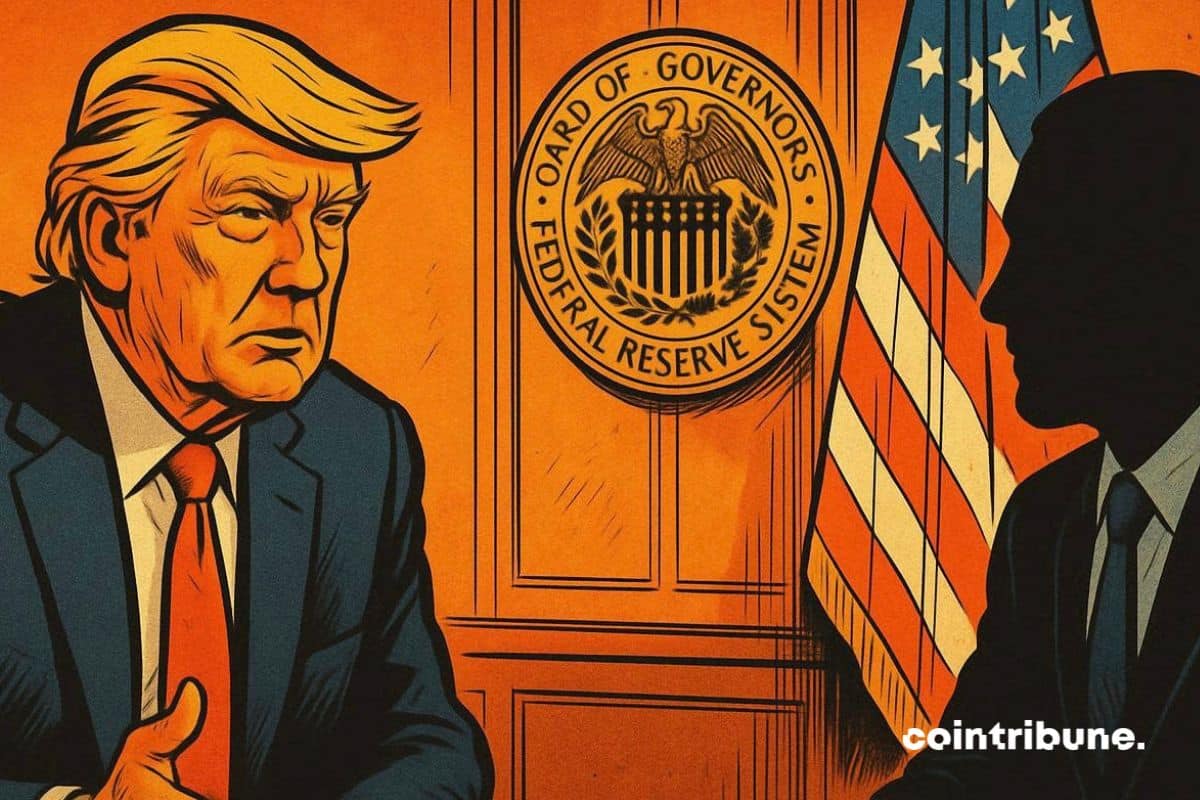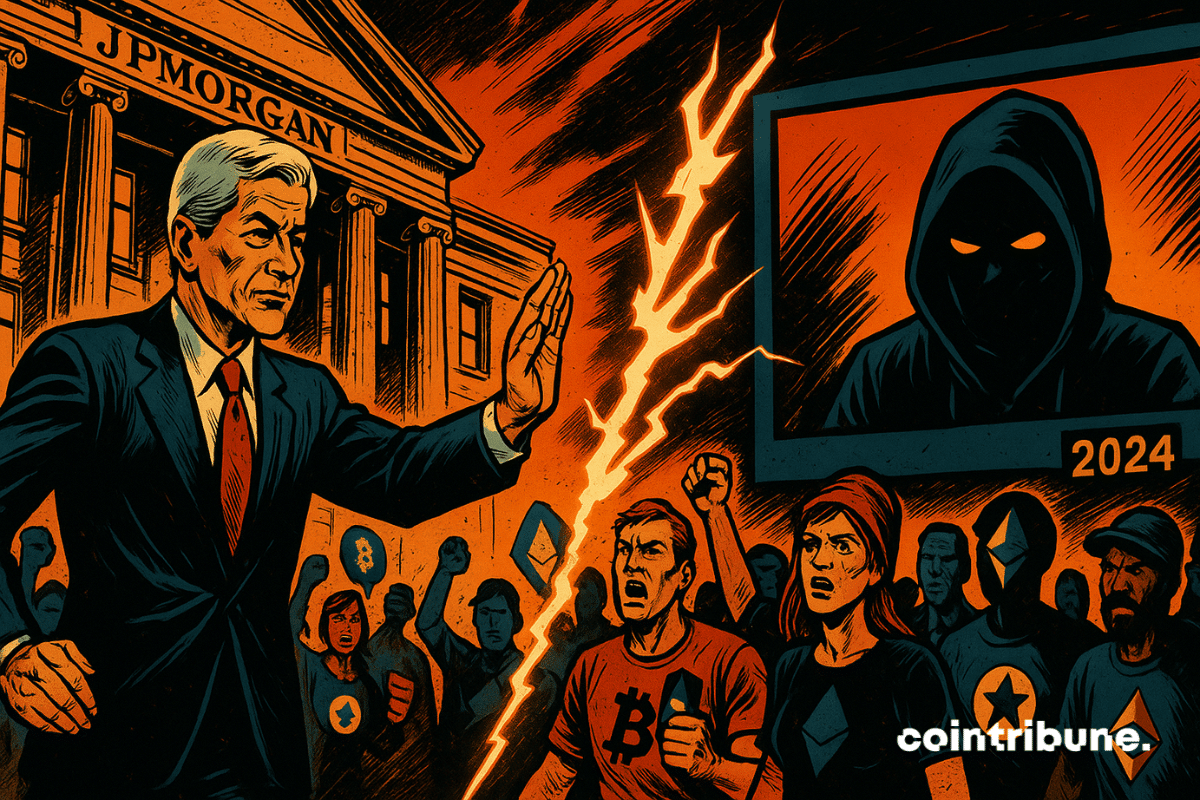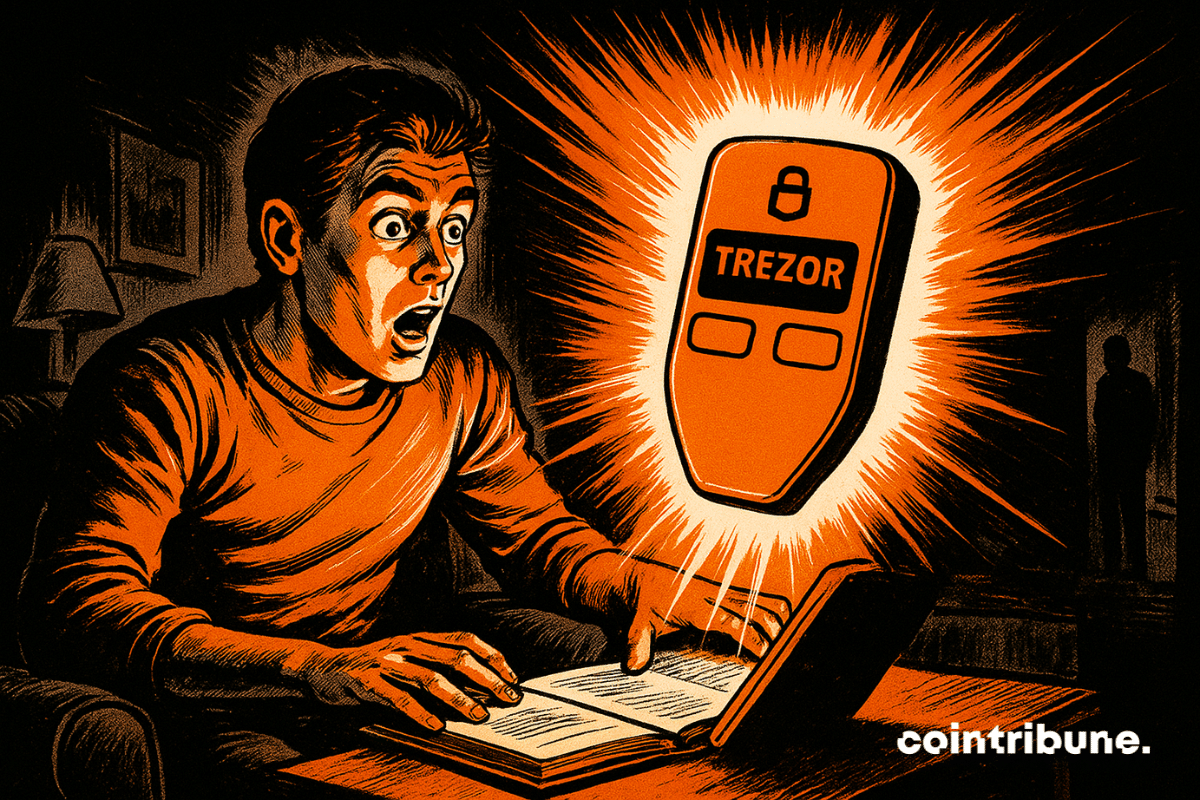In a crypto market undergoing upheaval, whale accumulation of Ether is gaining momentum. Despite a price that remains below $3,000, this trend, combined with a reduction in supply on exchanges, could trigger a significant price movement. Meanwhile, long positions on derivative contracts are multiplying, adding further pressure on the market.
News
Crypto News
Gold nears $4,500, silver exceeds $71. Facing this rush for precious metals, cryptos position themselves as a modern alternative. Will Bitcoin and altcoins benefit from this trend? Analysis of correlations, forecasts, and strategies for investing in this booming market.
Bitcoin and Ethereum are seeing ongoing ETF outflows as institutional investors pull back, signaling cautious sentiment and weaker market momentum.
Exchange News
Finance News
The American economy beats forecasts, but Peter Schiff warns of a flaw that could cause everything to collapse. Details here!
Bitcoin plunges, IBIT takes off, and BlackRock cashes in. A contrarian strategy turning an ETF into a billion-dollar magnet. Skeptics laugh, but the numbers respond.
The digital euro arrives with a surprise: two versions, one online and one ultra-secure offline, close to cash. However, can it attract crypto enthusiasts and threaten the dollar? Analysis of the stakes, advantages, and challenges of this future currency, finally approved by the EU and the ECB.
People News
Tech News
Polymarket has just confirmed that a security flaw affected certain user accounts. It indicates that a vulnerability related to a third-party authentication provider allowed unauthorized access and resulted in losses for several victims. The platform states it has fixed the problem and indicates there is no longer any persistent risk.
Stealka malware targets browsers and crypto wallets, stealing data while disguised as game hacks and mods.
Uniswap burns 100 million UNI, activates its fees and makes the DAO swear allegiance. Crypto enters adulthood... or a Wyoming courtroom?

